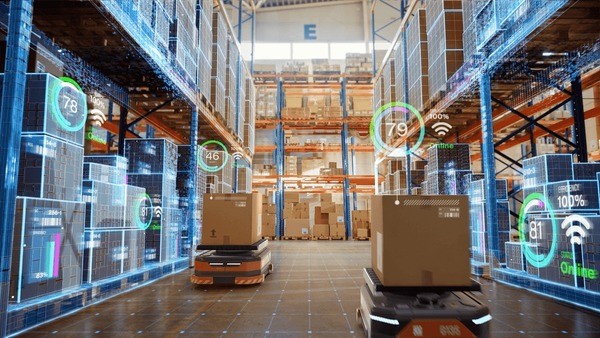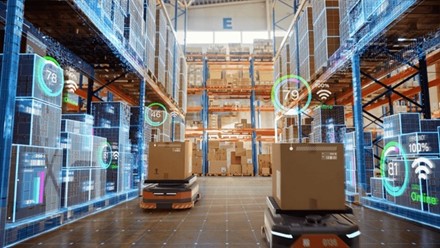A new survey by association of chamber of commerce and industry of india assocham found that 82 of india&rsquos workforce prefers readytoeat packaged food, rather than eating outside or roadside dhabhas local restaurants in metropolitan cities like delhi, mumbai, kolkata, chennai, bangalore and hyderabad.
The main categories of packaged food are bakery products, canneddried processed food, frozen processed food, readytoeat meals, dairy products, diet snacks, processed meat and health products and drinks. It shows that readytoeat food is preferred by nuclear families, where both husband and wife are working professionals, bachelors who want to avoid hotel food, and people who do not have the time, patience or expertise to cook at home.
Growth assocham claims that indian food processing market will show fast paced growth in the next five years. It is also estimated that this food processing industry will show the annual growth of 4060 in next five years. The organisation said that this will be encouraged by changed trade rules and increased demand among the people. Growing at a compound annual growth rate cagr of about 15 to 20 annually, indian packaged food industry is likely to touch 30 billion by 2015 from the current level of 15 billion including snacks food, readytoeat food, healthy and functional food, said assocham.
Big names according to assocham, some key players in this industry are hindustan unilever tea, instant coffee, biscuits, pulses, instant beverages, nestle instant coffee, milk and milk products, readytoeat foods, pepsico aerated drinks, fruit juices, cereals, snacks and haldirams sweets, namkeens, and syrups. D. S. Rawat, secretary general, assocham said that the food ingredients market is also increasing with a rapid growth rate, as consumers increasingly demand bigger, bolder tastes, foods that are healthy, and ingredients that are natural or sustainable. Rawat further said that consumers are becoming more sophisticated and want more upscale flavours and ingredients.
The indian food processing market is one of the largest in terms of production, consumption, and export and import prospects. The paper also points out that there is a large divide between urban and rural consumers in india. Urban residents consumed 78 of all packaged food in 2011, while rural residents consumed just over 22. The survey, which was conducted in 2,000 households of mumbai, delhi, kolkata, chennai and bangalore.
Key drivers for packaged food market in india are changing demographics youth is driving the consumption of the packaged food such as ready meals and packaged soups increase in income rise in disposable income has increased the affordability of buying packaged food urbanisation urbanisation has led to increase in nuclear families and also led to more and more women moving out for work growth in organized retail the penetration of organized retail is expected to 15 by 2016 improvement in packaging advancement and development of variety of packaging has led to increase in shelf life and also satisfying various needs of customers and increase in freezer facilities cold storage freezer space plays an important part in growth of packaged food. Freezer space in india is expected to grow at a cagr of 16 during 200814 which is expected to plan an important part in growth of packaged food storage.






